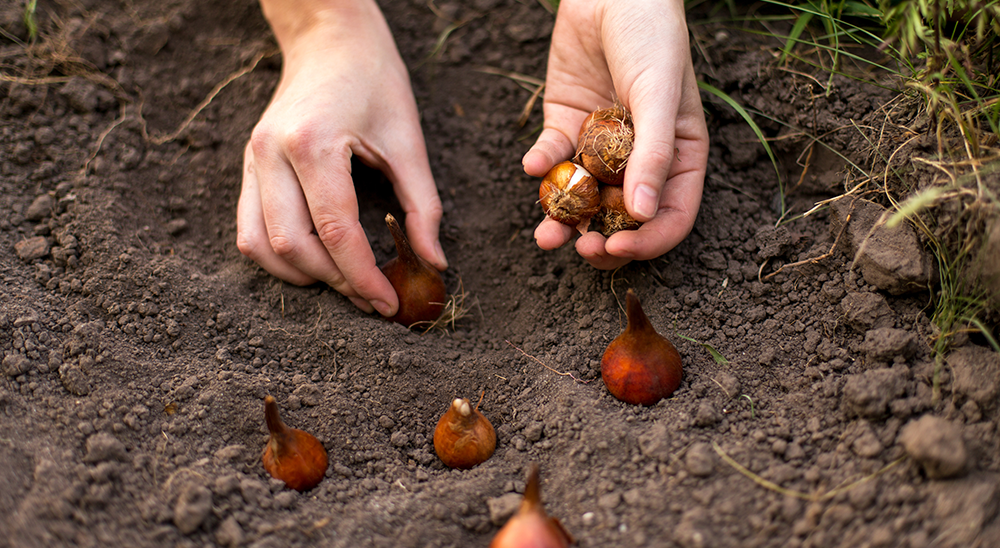Are you searching for an indoor plant that’s easy to care for but can thrive even in low-light conditions? If so, the snake plant (Sansevieria trifasciata) may be the perfect option. With its long, sword-like leaves, the snake plant is aesthetically pleasing and one of the easiest plants to propagate. In this article, we’ll take you through propagating snake plants step-by-step.
Understanding Snake Plant Propagation
Propagation, creating a new plant from an existing one, can be accomplished with snake plants through leaf cuttings and root divisions. While leaf cuttings are the most common method of propagation, division propagation is also an option if your plant has grown large enough. Snake plants are easy to propagate due to their unique characteristics, simplifying the process.
Propagating your snake plant has several advantages. Firstly, it’s a cost-effective way to expand your plant collection without purchasing new plants. Secondly, propagating your snake plant allows you to share the joy of indoor gardening with others by gifting them a new plant. Lastly, propagating your snake plant ensures you’ll have a backup plan in case your original plant dies.
What You Will Need
Before you start propagating your snake plant, you’ll need to gather several essential items, including a healthy, mature snake plant, sharp scissors or pruning shears, a clean, sharp knife, a pot with well-draining soil, a clear plastic bag or plastic wrap, water (if using water propagation), and rooting hormone (optional).
Propagation Methods
There are three primary methods of propagating snake plants: water propagation, soil propagation, and division propagation. Each method has unique advantages, but all are effective in propagating snake plants.
Water Propagation
Water propagation is the easiest and most popular method of propagating snake plants. Cut a healthy leaf from your snake plant with a sharp knife or scissors. Cut the leaf into 2-3 inch sections, ensuring that each section has at least one node (a small bump on the underside of the leaf where new roots will grow). Then, place the leaf cuttings in a jar or vase filled with water, ensuring that the nodes are submerged.
Change the water every 2-3 days to prevent mold or bacterial growth. After a few weeks, you should see roots growing from the nodes. Once the roots are 1-2 inches long, transfer the cuttings to a pot with well-draining soil, cover the pot with a clear plastic bag or plastic wrap to create a greenhouse effect, keep the soil moist but not waterlogged, and place the pot in a bright, indirect light.
Soil Propagation
Soil propagation is trickier than water propagation, but it’s still relatively easy. Cut a healthy leaf from your snake plant with a sharp knife or scissors. Cut the leaf into 2-3 inch sections, ensuring each has at least one node. Dip the cut ends of the leaf cuttings into rooting hormone (optional) and plant them in a pot with well-draining soil, ensuring the nodes are buried. Cover the pot with a clear plastic bag or plastic wrap to create a greenhouse effect, keep the soil moist but not waterlogged, and place the pot in a bright, indirect light. After a few weeks, you should see new growth from the nodes.
Division Propagation
Division propagation is the most straightforward method of propagating snake plants. To do this, carefully remove your snake plant from its pot and gently separate the individual plants, ensuring each plant has a healthy root system. Then, replant each individual plant in a pot with well-draining soil, cover the pot with a clear plastic bag or plastic wrap to create a greenhouse effect, keep the soil moist but not waterlogged, and place the pot in a bright, indirect light.
Caring for Propagated Snake Plants
Once your propagated snake plants have established roots and started growing, they require the same care as mature snake plants. Water your snake plants only when the soil is completely dry, and ensure they receive bright, indirect light to thrive. Avoid exposing your snake plants to extreme temperatures or drafts, as they are sensitive to environmental changes. Fertilize your snake plants once every 2-3 months during the growing season and repot your snake plants every 2-3 years to prevent root binding.
Conclusion
Propagating snake plants is an easy and rewarding process that allows you to expand your plant collection and share the joy of indoor gardening with others. Whether you choose water propagation, soil propagation, or division propagation, following these steps will ensure your propagated snake plants grow healthy and strong. By understanding the process of snake plant propagation and providing proper care, you can enjoy the beauty of this popular indoor plant for years to come.



